With the South Bridge Vaults and Mary King’s Close (as well as a few oddities like Gilmerton Cove), Edinburgh has become quite famous for its historic subterranean sites. But not so well known is the abandoned railway tunnel that runs for well over half a mile beneath the streets of the New Town.
Scotland Street Tunnel was opened in 1847, built by the Edinburgh, Leith and Granton railway company. At the north end it connected to their existing Scotland Street Station and goods yard, on the site of the present day King George V Park. At the south end it led to a terminal station called Canal Street, located roughly where Princes Mall is today. In between, it passes under Scotland Street, Dublin Street, St Andrew’s Square and Princes Street. At 1000 yards long it was one of Scotland’s longer railway tunnels. Because of the tunnel’s very steep gradient (1 in 27), trains were hauled through it by a cable rather than running under their own steam.
Despite the huge engineering effort that went into building the tunnel, it only operated for just over twenty years before falling into disuse when the North British Railway opened a new line from Waverley Station to the north of Edinburgh via Abbeyhill, effectively bypassing the tunnel. It had various other uses over the decades: most notably as an air raid shelter during World War II, but it was also used for growing mushrooms and briefly for storing cars.
Today Scotland Street Tunnel lies empty and derelict. The north portal, in good condition, can be clearly seen on the edge of King George V Park, but the south portal was destroyed when the Waverley Market shopping centre (now Princes Mall) was built in the early 1980s. There has been talk of reopening it, either as an underground car park or as some form of transport route, but nothing has come to fruition yet.
Inside, the tunnel is divided into sections by brick blast walls with doorways through them. These were probably added during the war when it was used as an air raid shelter. The toilet blocks that were constructed for this purpose are still there, mostly empty and ruined now, along with another wartime relic: the LNER (London and North Eastern Railway) emergency control centre buildings.
The lining is mostly brick, now with mineral deposits and stalactites visible in many places. In addition to the buildings there are a few refuges in the side walls throughout its length. Despite being a long tunnel, Scotland Street has no ventilation shafts; because trains were cable-hauled through it there was no need for them.
At the south end, a narrow corrugated metal tube runs from the tunnel underneath Princes Mall, emerging behind an insignificant looking barred gate in the north wall of Waverley Station. Most people who pass it daily would never suspect where it goes! So access and ventilation has been maintained, even though the south portal no longer exists.
In addition to Scotland Street, there are two smaller (less than 200 yards each) tunnels on the same line: Rodney Street, directly opposite the north end of Scotland Street, and Trinity, a mile or so to the north. They’ve both been reopened for pedestrians and cyclists and have electric lighting. The pathway is worth a look if you’re interested in railway history as in addition to the tunnels there are several original bridges, the viaduct over the Water of Leith, and the old station building at Trinity to see.
More photos on my flickr account.

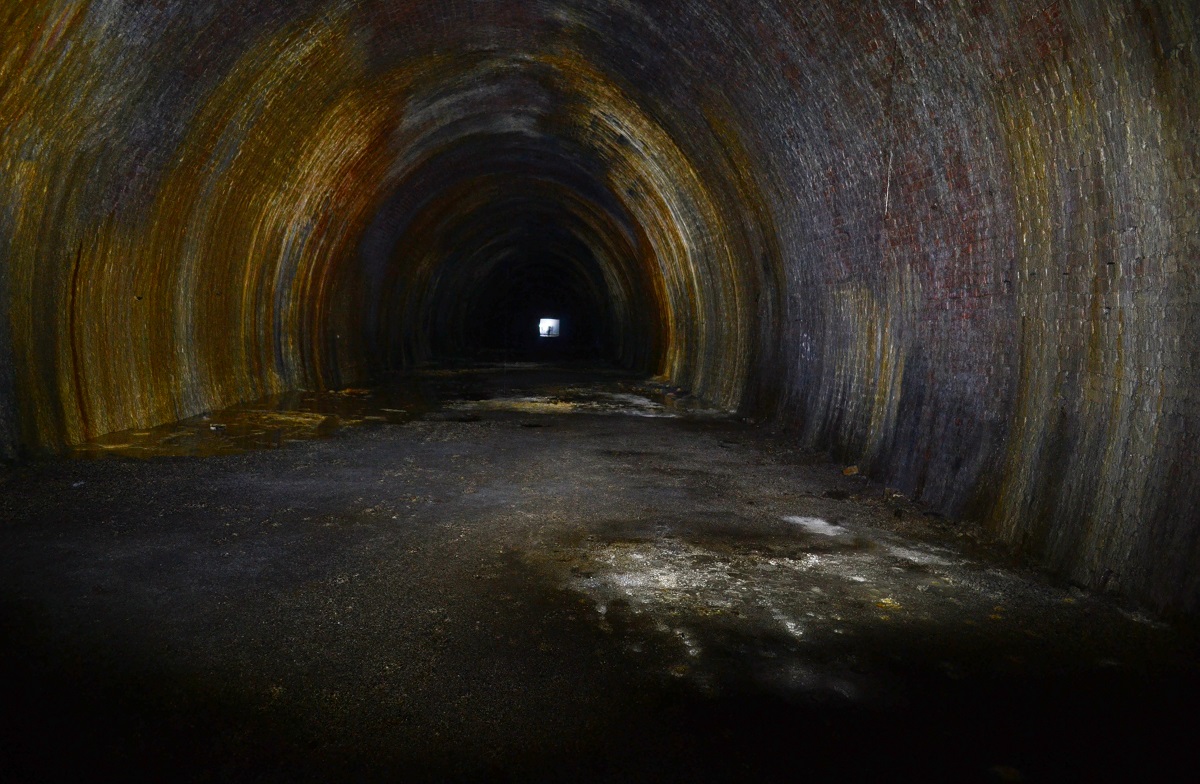
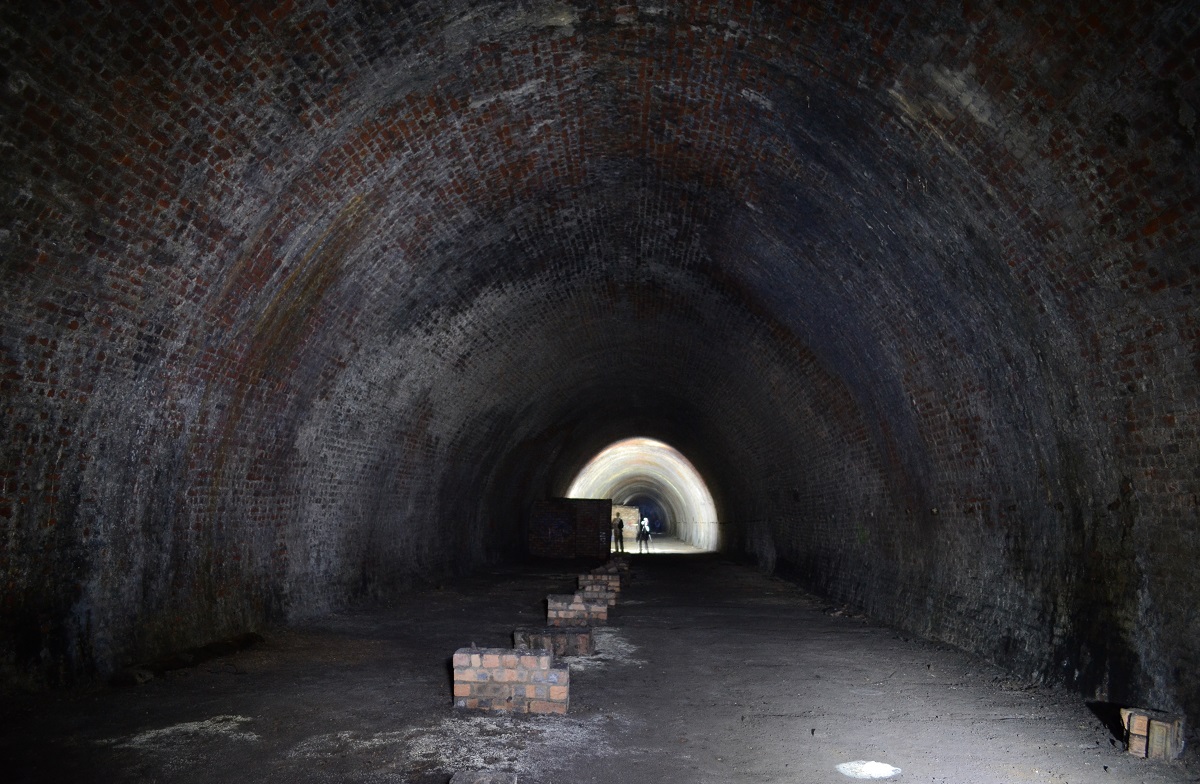
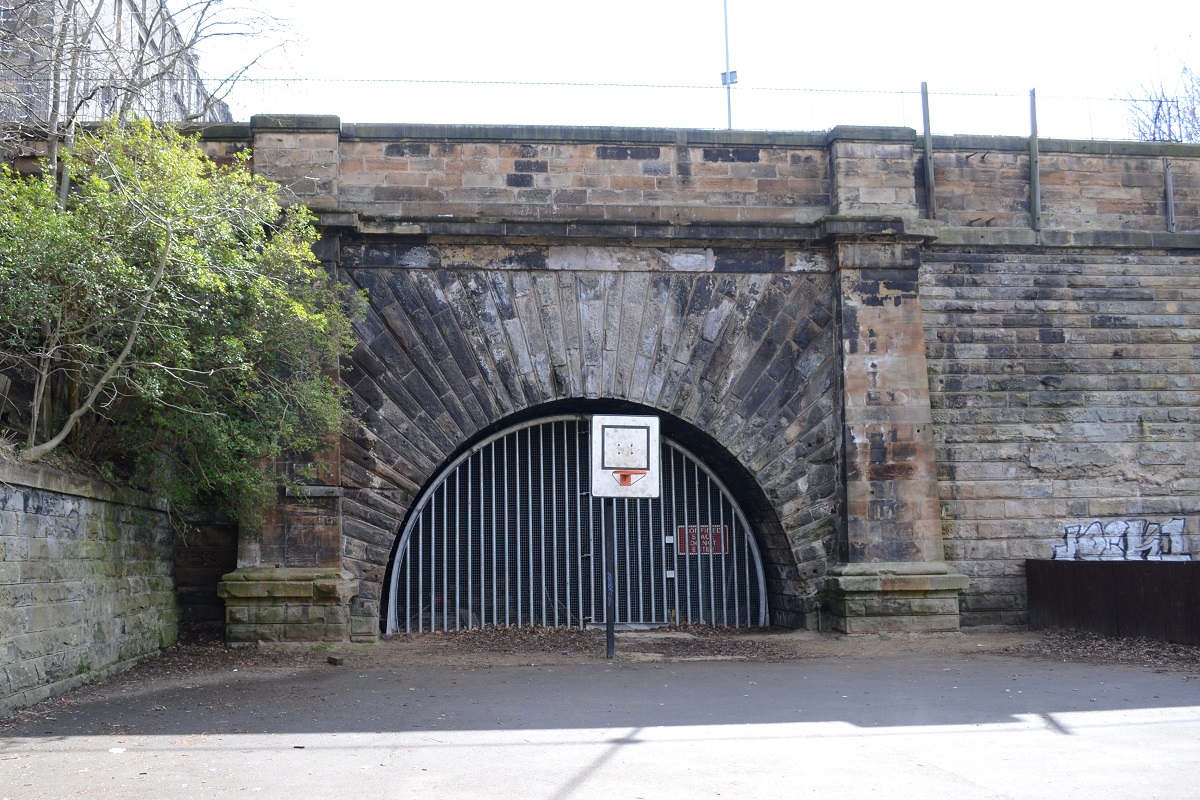
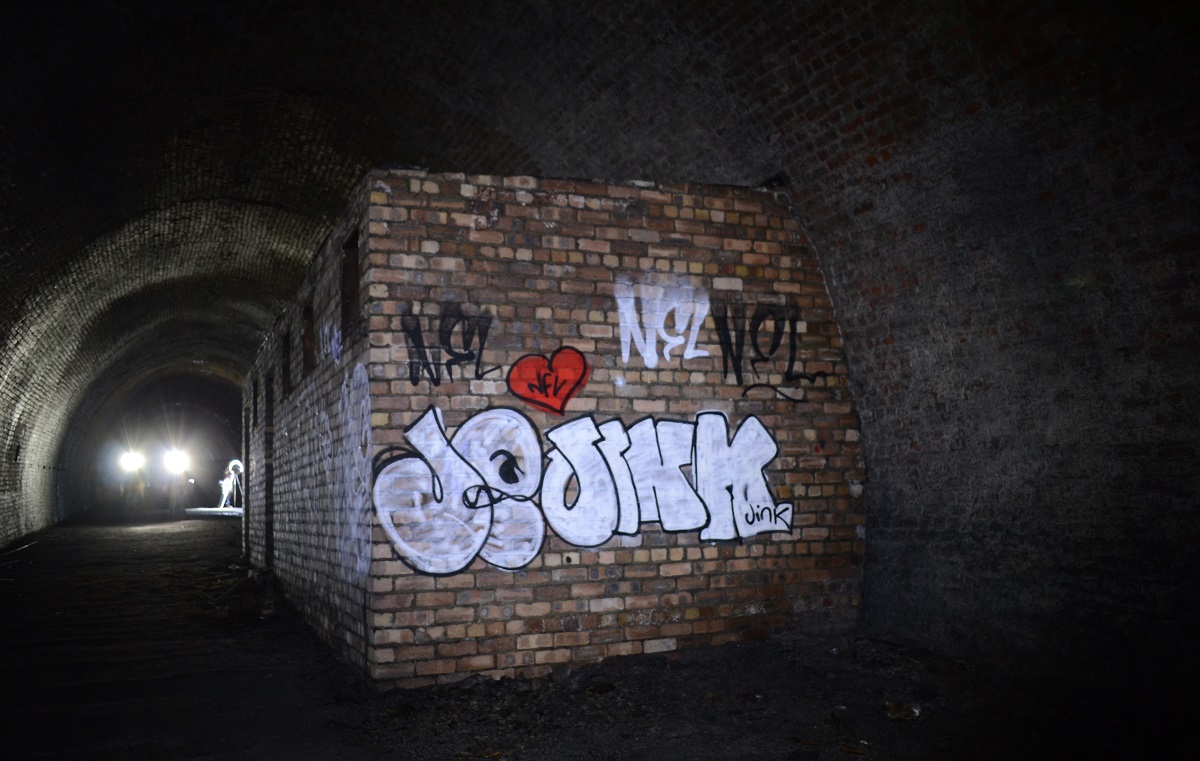
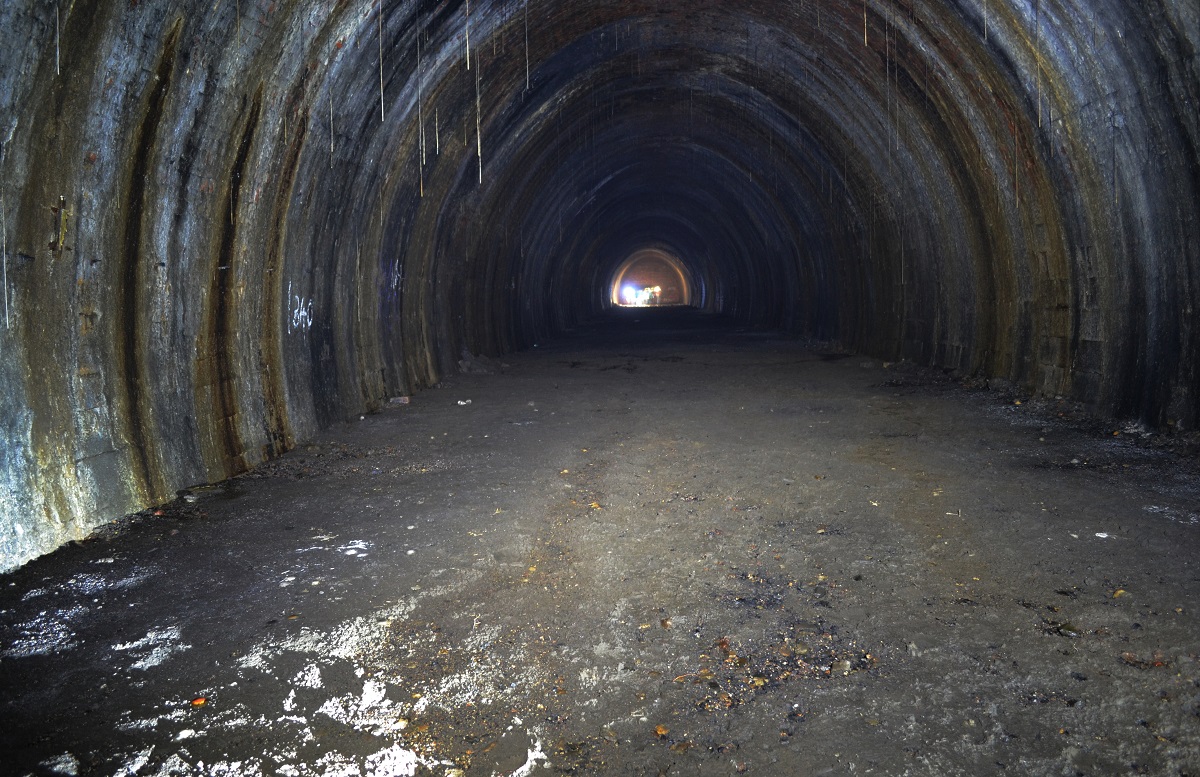
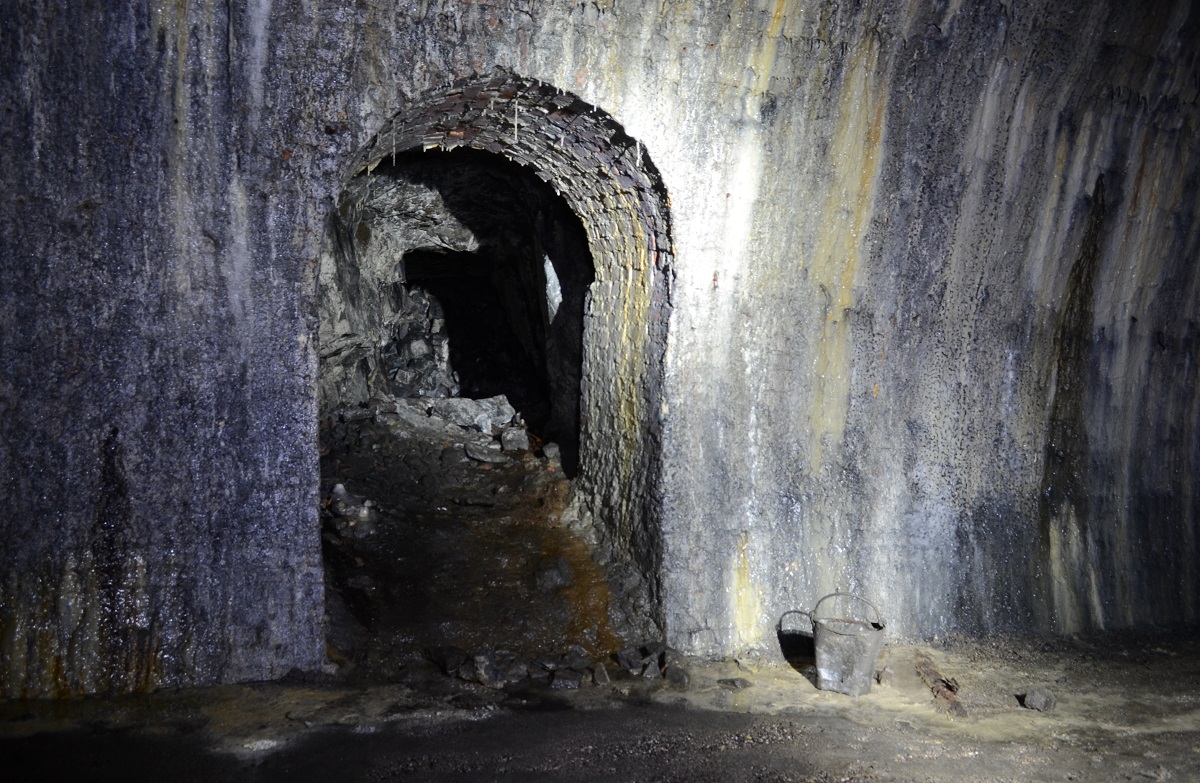
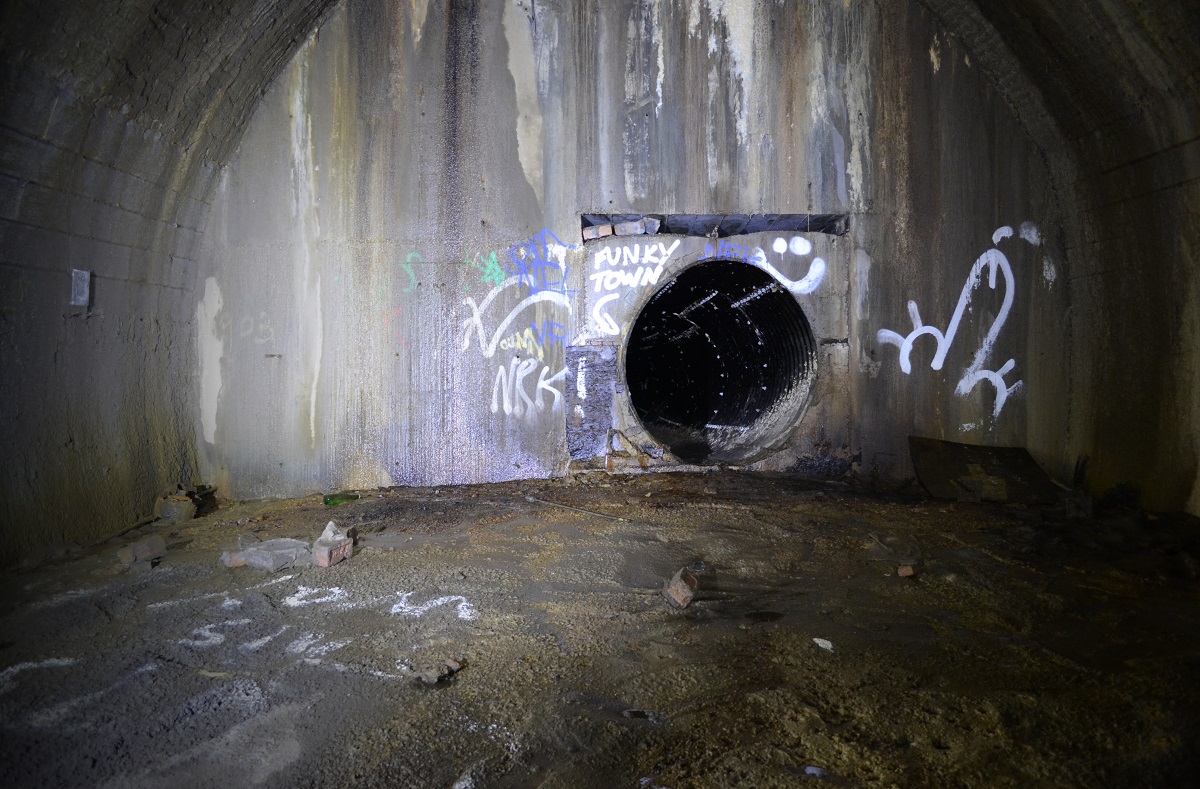
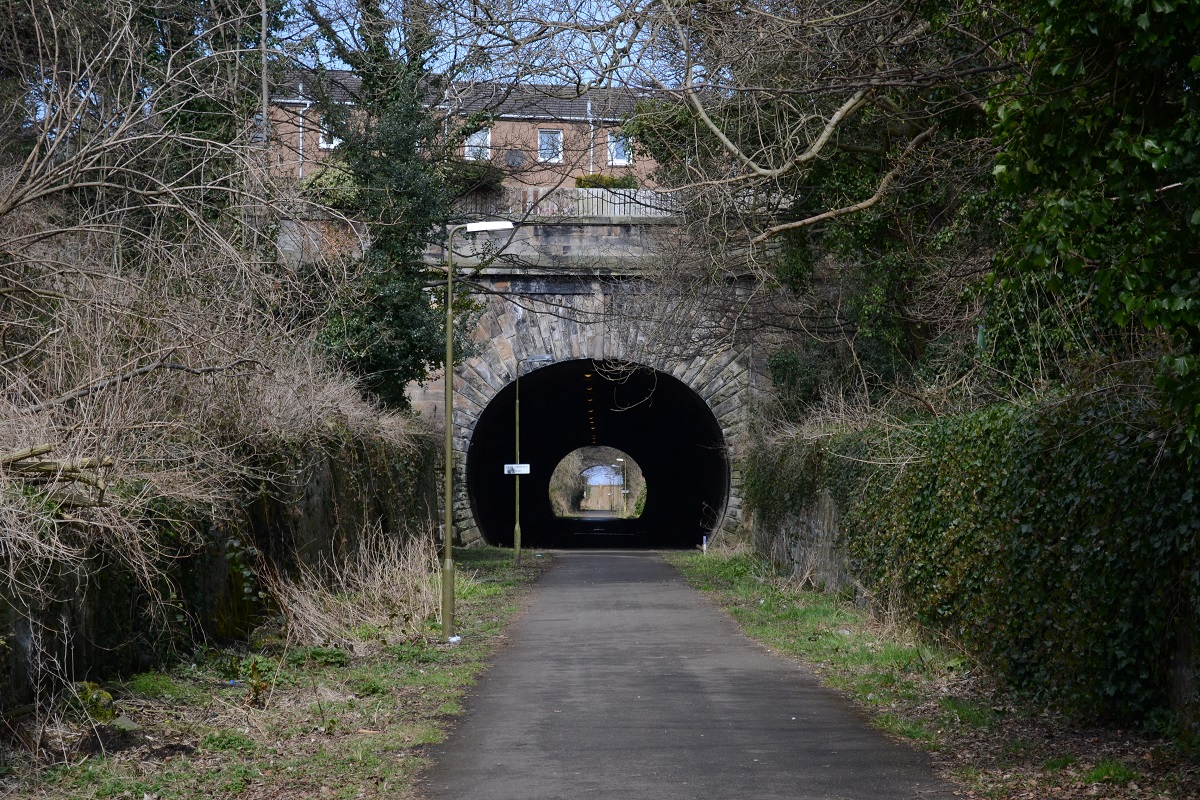

Don’t forget about the Innocent Railway Tunnel! 🙂
Yes, the Innocent is a good one :). Colinton Tunnel on the Water of Leith walkway is nice as well though a bit shorter. I think that’s all of them (except Coburg Street which is buried now).
Couburg St to the Citadel is one that few people know about, infilled at one end with soil and landscaped, bricked up at the other.
Yes… Coburg Street has always been a slight annoyance for me, because it’s the one disused railway tunnel in Edinburgh that I’ve never been able to get inside!
Yep I live in citadel place and the tunnel starts at back of the houses at the steps leading up towards water of leith you can see it as the bricks are different colours to normal brick work they go in to survey it but not been opened up for well over 10 years a would say have always wanted to go have a look inside to see what lies there
I have just read a fascinating article in the Guardian about Urban Exploring:http://gu.com/p/4357y and would be very interested in finding out more and becoming involved. Do you have meetings/ organise excursions? I’d be grateful if you could advise me on this activity. Kind regards/Mark
Most of the explores I’ve done haven’t been organised in any formal sense, but have just been informal groups of friends deciding to check somewhere out. I’m also a member of a couple of local photography groups on Meetup and Facebook and sometimes you can get into interesting and normally off-limits places through their events. It’s worth seeing what groups are in your area, as well as getting in contact with other explorers through sites like flickr and the various urbex forums, if you’re interested in getting involved.
[…] hectic. I also decided it was about time for some variety on here… I realised that four of my last five posts have been about railway tunnels, and even though the other one wasn’t […]
looks awesome, wanting to do some urbexing in aug with a mate for his 21st, this looks cools , be awesome to find some cool places, no idea where this place is tho haha
[…] or stations’ properties at a certain date. For example, the segment that represents Scotland Street Tunnel has an event in 1847 when it came into use (a “change of status” event), another in […]
Me and friends went all the way along this tunnel when we were kids with just one torch! It was pitch black, filled with orange stalactites, very damp and spooky. We also saw the old air raid shelters, I think some had toilets still.
When we came out the other end at Waverley station (not knowing where we’d end up) we were spotted by station police who chased us, thinking we wanted to steal goods perhaps! (there were 4 of us, between only 9 and 12 years old ffs!). We ran back along the tunnel to Scotland Yard park, and they were waiting for us at the other end.
They actually came to discuss it with my dad the next day, his reply was succinct: ‘what do you expect adventurous kids to do when the tunnel isn’t sealed?’. They conceded that point and sadly a month or so later it was completely sealed.
This makes me feel a bit ancient, I’m now 48 – still an adventurous woman I hope!
Sorry for coming to this late but do you know who owns the Rodney/Scotland Street Tunnel now?
I’m not 100% sure. It may be Edinburgh Council. Rodney Street Tunnel is now open as a foot and cycle path, and the outer part of Scotland Street was used by youth workers at one point.
Thanks and yes it’s the council. They confirmed it is closed at both ends, and has no through ventilation, which means that it is not a safe environment.
Also used to play in Scotland Street park area. Walked through the tunnel as a wee boy, Scary !
Makes me feel old thinking back as that would have been 45-50 years ago.
Sometimes went to St Marks Park and we would walk across the top of the rapids on the water of leith ( after crossing a railway line to get there) brave, foolish or what?
Can anyone tell me how to access these tunnels?
Rodney Street and Trinity are easy, both open as footpaths so you can just walk in. Scotland Street is pretty well sealed up and I don’t know of any way to get in there just now, sorry.
Hi, thanks for that. I am planning a temporary public art work (part sound, part installation) in the Trinity Tunnel. Do you know what the hooks on the west side were for? I will be using these to rest on. Thanks ina dvance for your help.
Not certain, but they probably carried cables when the railway was in use. Good luck with your project.